Description
The Ascentta PM 3-Port Optical Circulator is a high-performance, polarization-maintaining circulator designed for advanced optical systems operating at wavelengths of 1310, 1480, 1550, or 1590 nm. Engineered for precision, it supports both single-stage and dual-stage configurations, offering flexibility in performance requirements. With excellent isolation up to 55 dB and a low insertion loss of just 0.6 dB (typical), this circulator ensures high signal fidelity and minimal cross-talk across the system.
Designed for slow-axis polarization alignment, the circulator maintains high polarization extinction ratios—20 dB minimum for single-stage and up to 22 dB for dual-stage variants. The device supports maximum optical power handling of 300 mW and features exceptional return loss and directivity of 50 dB. Housed in a compact φ5.5 mm package, it is well-suited for integration in dense optical circuits.
This PM circulator is ideal for use in coherent transmission systems, fiber optic sensors, quantum communication setups, and fiber laser architectures. For custom configurations including working axis, fiber type, or connectorization, Ascentta offers flexible customization options to match your application needs.
Ascentta Polarization Maintaining (PM) Fiber Circulator (1310nm | 1480nm | 1550nm | 1590nm)
Specifications
| Type Of The Device: | Circulator |
|---|---|
| Operating Wavelength: | 1310 nm |
| Max Power: | 0.3 W |
| Min Isolation: | 40 dB |
| Bandwidth: | +-20 nm |
| Extinction Ratio (Min): | Not Specified |
| Directivity (Min): | Not Specified |
| Insertion Loss (1→2, Or 2→3): | 0.8 dB |
| Return Loss (Min.): | 50 dB |
| Extinction Ratio (Min.): | 18-22 dB |
| Directivity (1→3, Or 3→1): | 50 dB |
| Operating Temperature: | -5 to +70 °C |
| Storage Temperature: | -40 to +85 °C |
| Package Dimension: | Φ5.5 × L35 mm |
Features
- Broad Wavelength Options: Available at 1310, 1480, 1550, or 1590 nm for versatile deployment
- High Isolation: Up to 55 dB (typical) for superior signal separation
- Low Insertion Loss: As low as 0.6 dB for efficient signal transfer
- Polarization Maintaining: Designed for slow-axis operation with extinction ratio up to 22 dB
- High Return Loss & Directivity: Both ≥50 dB, minimizing back reflections and leakage
- Compact Form Factor: φ5.5 mm diameter design fits tight optical layouts
- Custom Configurable: Connector type, fiber type, and package size options available
Applications
- Coherent Communication Systems: Maintains signal polarization and integrity in high-speed networks
- Fiber Laser Systems: Enables efficient unidirectional light flow and feedback suppression
- Quantum Optics & Communication: Maintains polarization for quantum coherence and fidelity
- Fiber Sensing Systems: Ensures accurate signal routing and high extinction for interferometric setups
- Test and Measurement Equipment: Integrated in PM test setups requiring low insertion loss and high isolation
Frequently Asked Questions
What is the product?
What is the operating wavelength of the Circulator?
What is the Bandwidth of the Circulator?
What is the Transmitting Direction?
What are the Isolation values for each stage type?
What are the Insertion Loss values for each stage type?
What is the Extinction Ratio?
What is the Return Loss?
What is the Directivity of the Circulator?
What is the maximum Optical Power Handling?
What are the operating and storage temperatures?
What are the package dimensions?
Similar Products


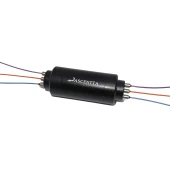



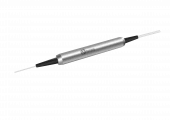
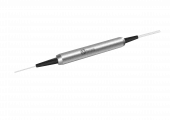
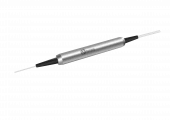

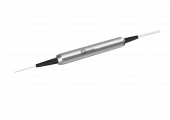
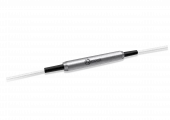
Your inquiry has been received.
Create an account by adding a password
Why create an account?
- Auto-complete inquiry forms
- View and manage all your past messages
- Save products to your favorites
- Close your account anytime — no hassle

